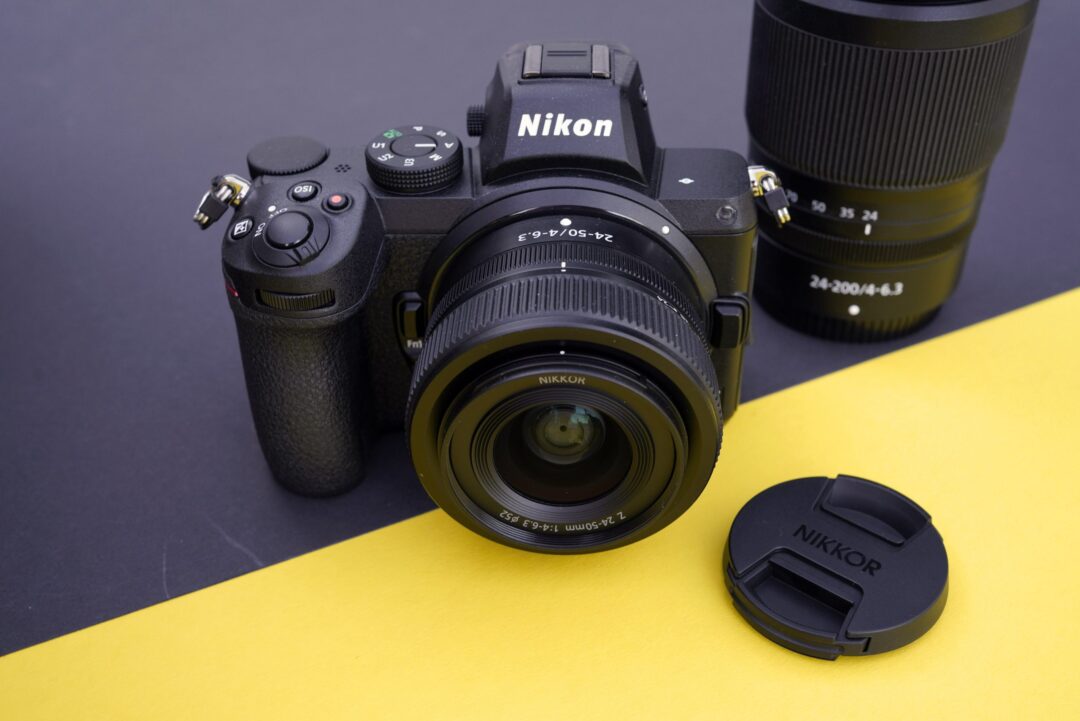Say you’re thinking of a new and better camera, but you are not so keen on video. Nor of as many features as possible. You would rather have a better still camera that can be used to develop as a photographer. Then Nikon’s most affordable mirrorless full-frame camera may be for you.
Because in the Nikon Z5, Nikon has not exaggerated either the level of function or the price, beyond what is relatively affordable for a compact, full-frame system camera.
The camera is the third and most affordable among Nikon’s new generation full-frame cameras in the Z-Series, and can in many ways be seen as a scaled-down Nikon Z6 with an external layout heavily inspired by the Nikon Z50 with APS-C format.
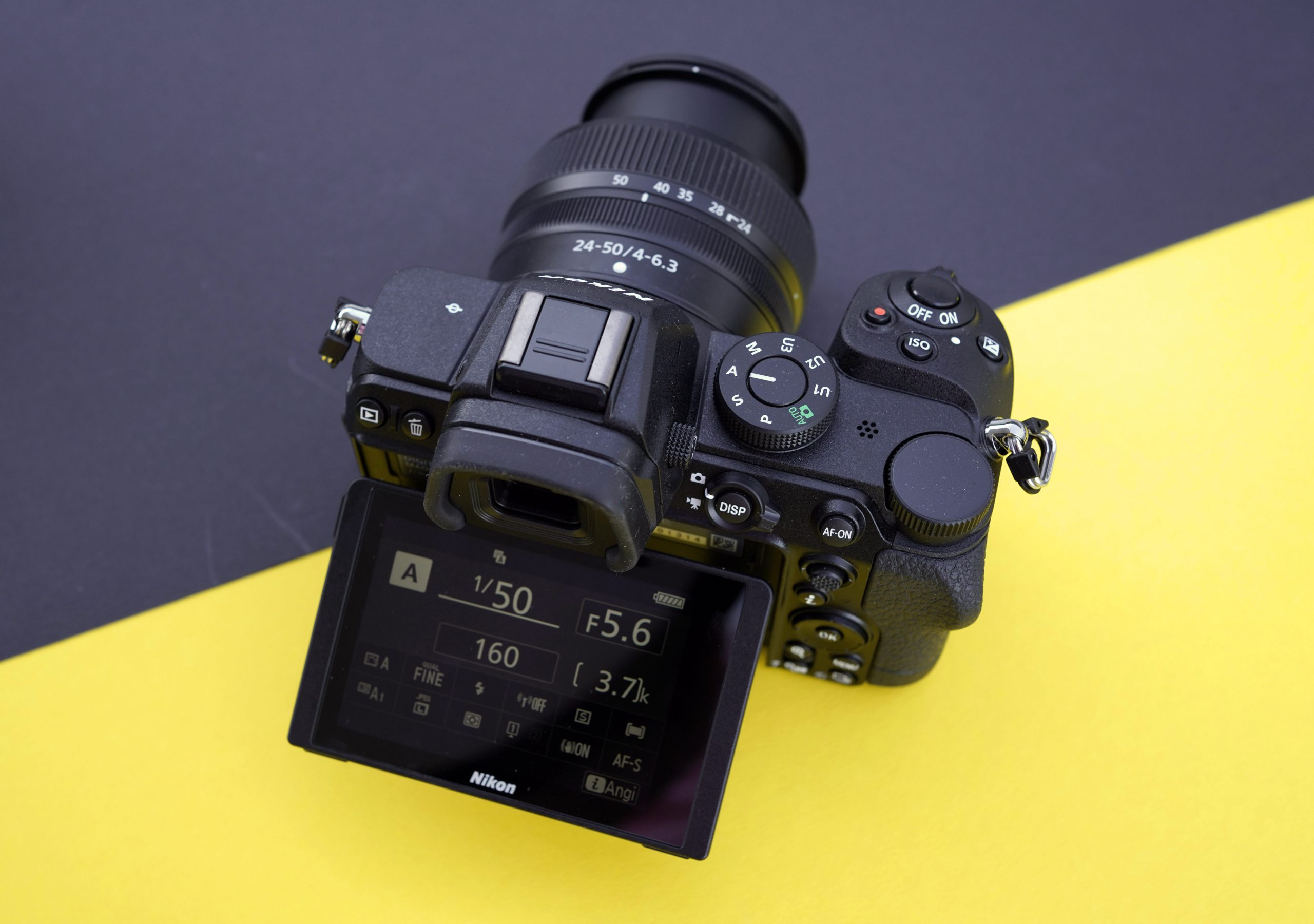
The price and the level of function mean that the camera’s closest competitors are the Canon EOS RP, and the Sony a7 III, but it also has strong competition in its own ranks in the form of the Z6.
But as we shall see, with some limitations. After all, we’re talking about a notch below the Z6 on features. With one exception. The Nikon Z5 has two card slots. Not for XQD or CFexpress cards, but two fast UHS-II compatible SD cards.
It’s not the only thing that separates a Nikon Z5 from a Z6.
Striped to the most necessary
The camera is not ribbed to the skin. It has everything most people need. A full-frame 24 MP image sensor, hybrid autofocus with 273 focus points that cover about 90 percent of the image area, touch screen and high-resolution OLED viewfinder, and built-in image stabilizer.
There are specifications that hint at a user-friendly camera for all-round use, but perhaps not for landscapes that often require even more resolution, and definitely not for sports.
Not because the autofocus does not stick. It is actually both fast and precise, with good hanging on eyes and faces, but the shooting rate of 4.5 images / s limits the opportunities to capture fast sports and wildlife in motion. In comparison, the Nikon Z6 manages 12 bps, the Sony a7 III 10 bps, while the EOS RP is a bit slower with 4 bps.
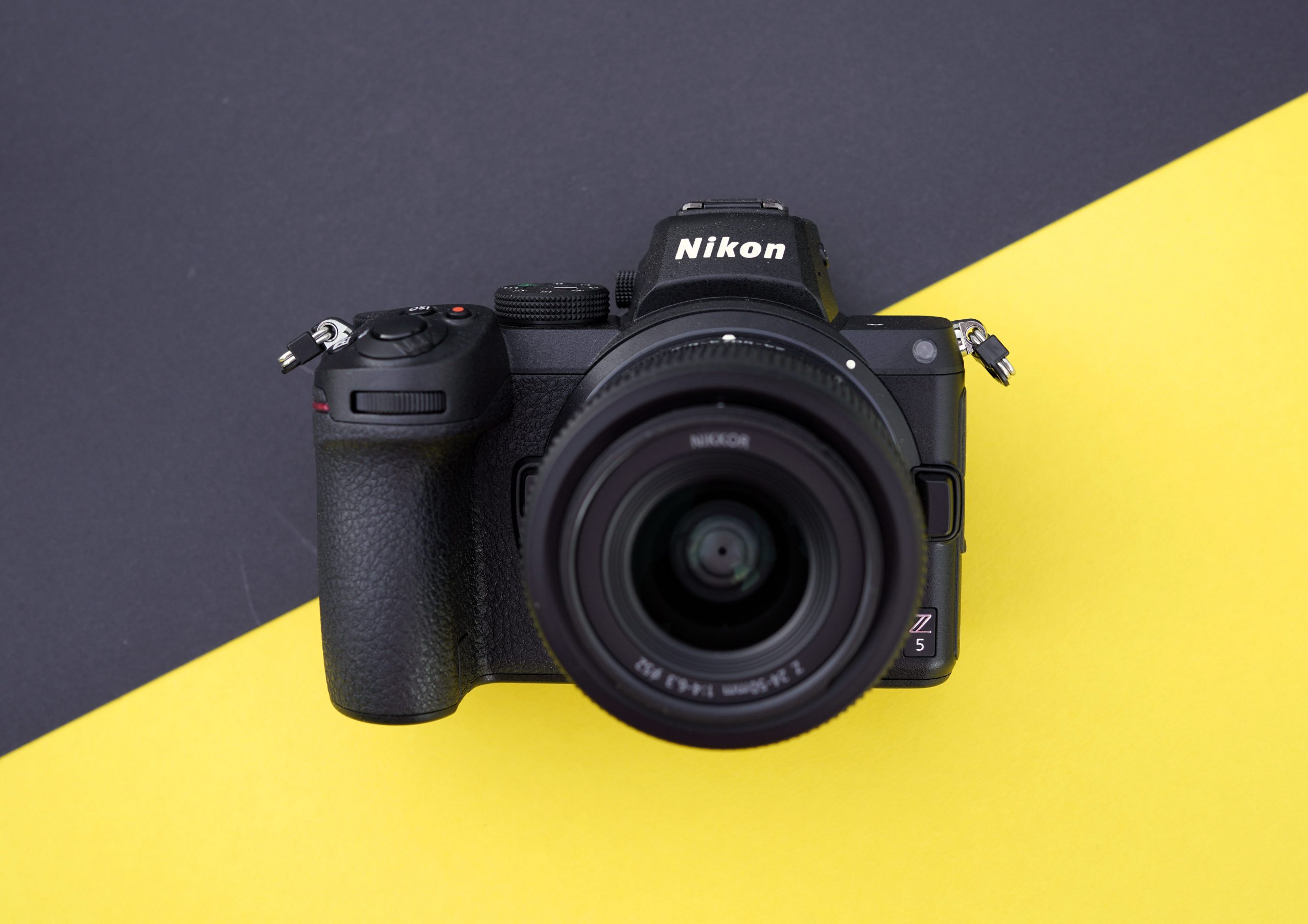
But for travel, portrait photography, family, children, weddings and most other things, the Nikon Z5 is a very suitable camera. But we have to talk about video.
Nikon has provided the camera with both a microphone input and a headphone output. It also has USB charging and and HDMI output, and it can record video in true 4K UHD with 30 progressive frames per second. With a cropping factor of 1.7, just like the Canon EOS RP. This means that the included 24-50mm zoom is a 34-85mm zoom, and then you lose a wide angle, but gain a little on telephoto.
If you think it’s just an advantage, then please. The video quality is otherwise good, much better at 4K than at 1080 HD, which does not give any cropping. But if video is important, the Z6 is a better choice.
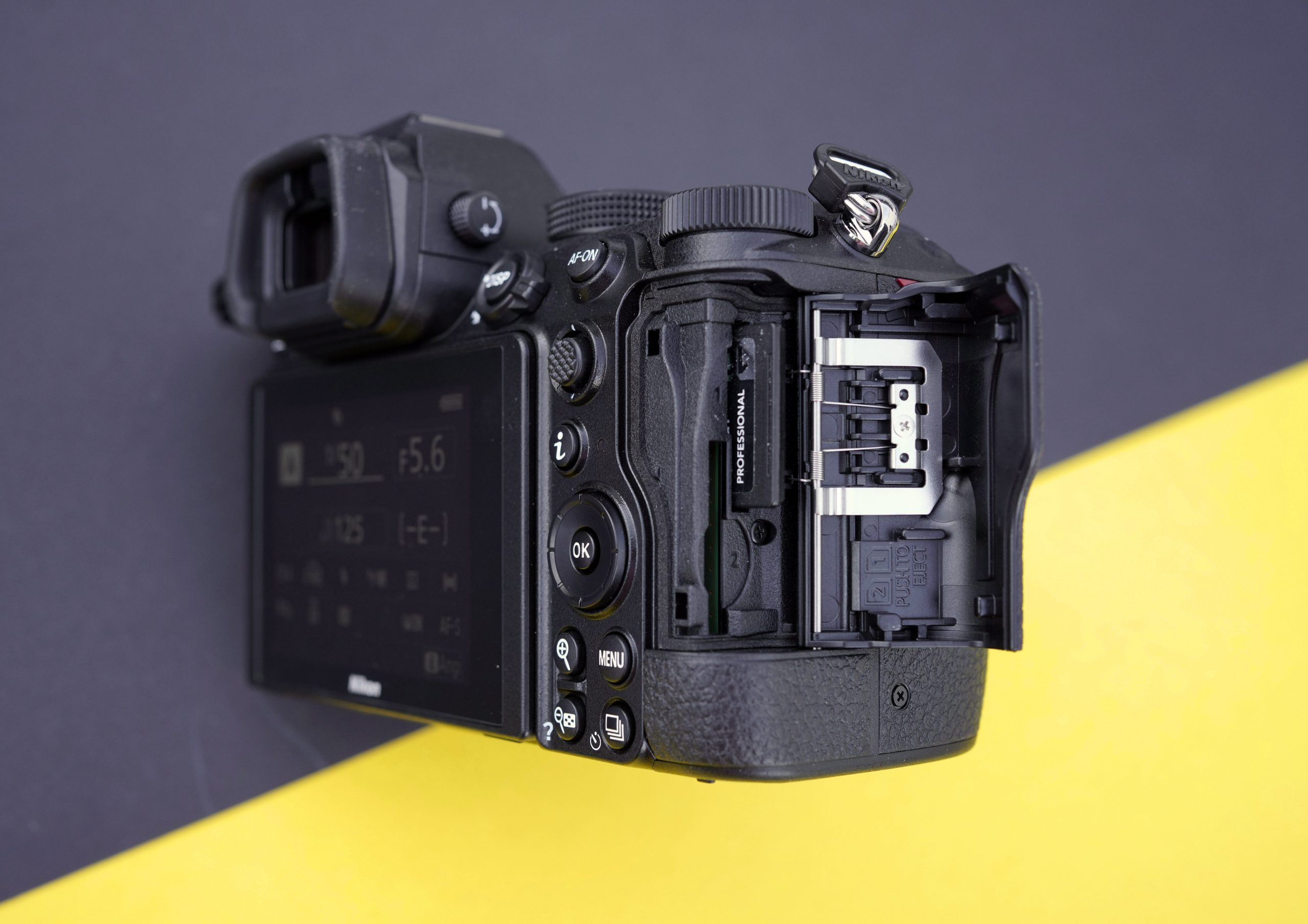
Ergonomic considerations
What the camera has that makes it interesting, especially for still photographers, is a very intuitive and clear exterior with excellent ergonomics. The grip is large and the camera is weatherproof and solidly built. The 8 cm large touch screen can be tilted 45 degrees down and 90 degrees up, the large viewfinder has a full 3.7 Mp resolution – best in class, and the battery life is good (470b).
Inside, it has a five-axis image stabilizer, with up to five steps of compensation, fast shutter with 1 / 8000s as the shortest shutter speed, and there is an electronic shutter for those times when you have to take pictures without sound.
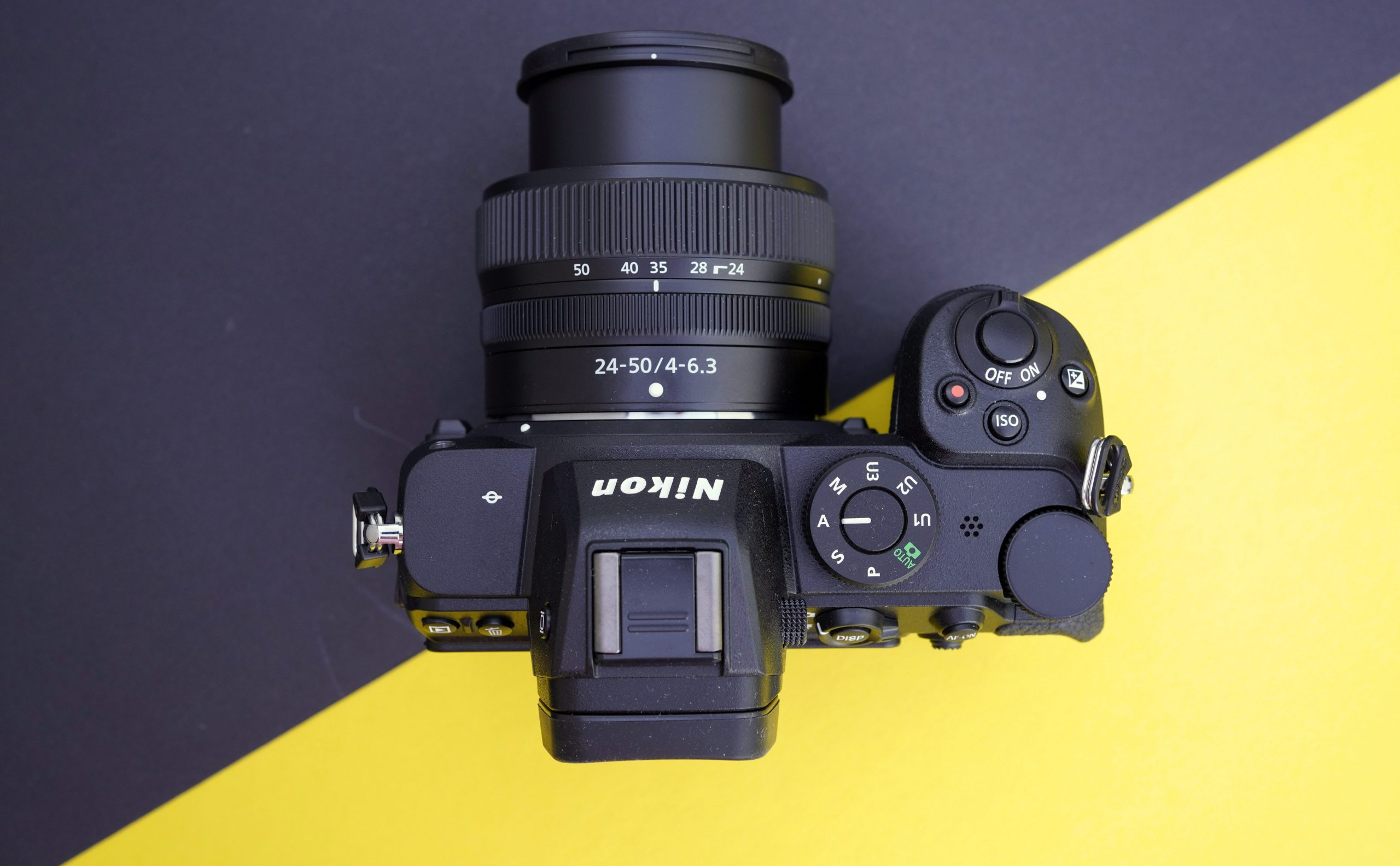
Like the Z6, you can also program several of the buttons here. The two in front for example, but also the function ring on the Z lenses. Which can be aperture ring or focus ring, or something else. You can move focus with your finger on the touch screen, or the joystick at the back, and you can choose from five different focus fields:
A tiny pin field, or a selected focus area in three sizes, and the camera’s autofocus has face and eye recognition – and animal recognition. But these only work on still images.
Otherwise, the camera is very easy to operate. It is compact and light with the included 24-50mm zoom. Fast responses, lightning-fast autofocus, an excellent OLED viewfinder and the security of a backup card make the Z5 an excellent travel camera.
Nikkor Z 25-50mm f4-6.3
The compact zoom that comes with one of the available sets – the others are with the FTZ lens adapter as well, or you can choose the Z 24-200mm f4-6.3 – is of the tip you pull together by turning the zoom ring past the 24mm mark. Then the camera becomes even more compact, and when using it, just turn back to the left towards the 24mm mark.
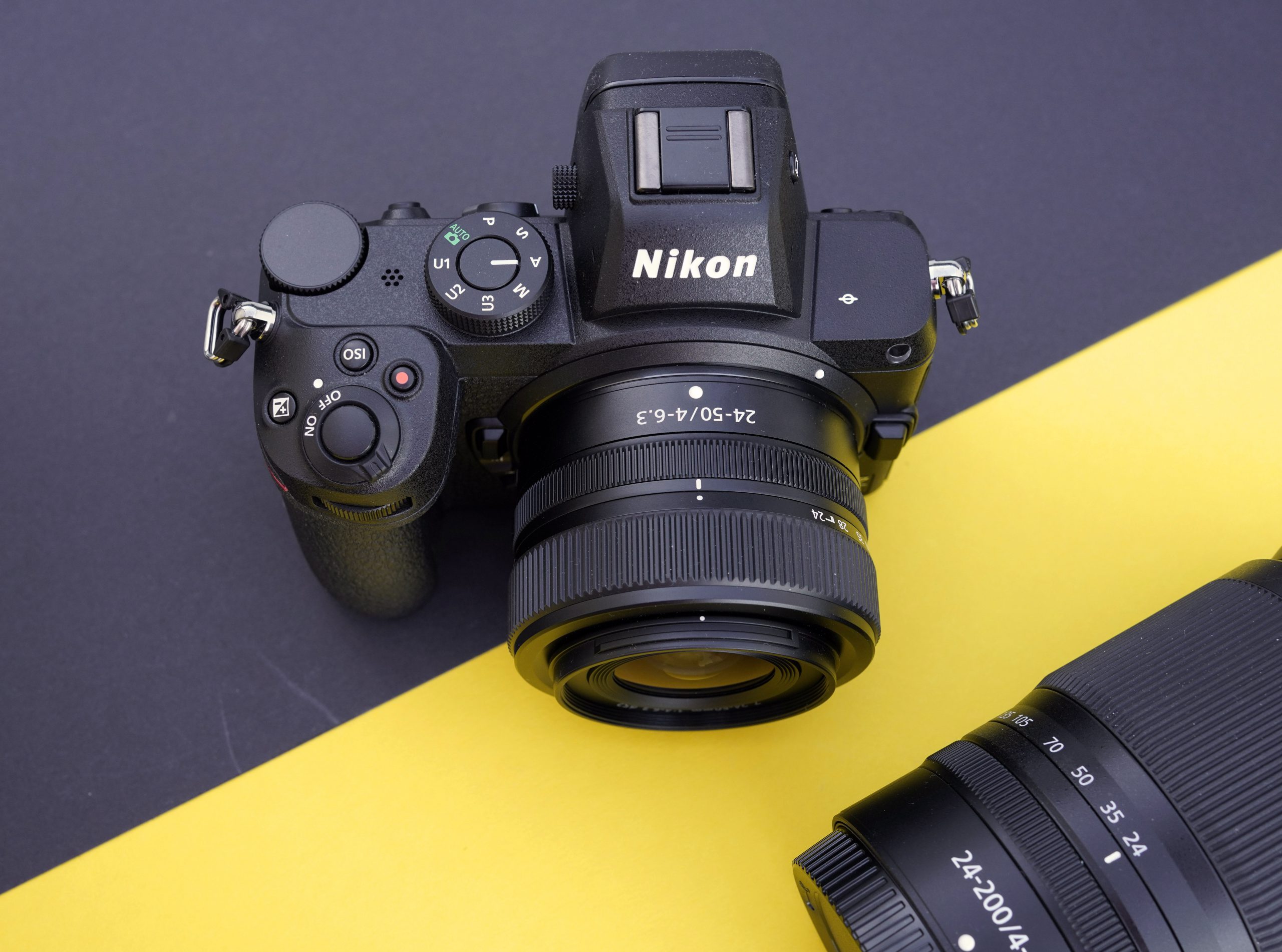
With twice the zoom and moderate brightness, it does not seem like all the world’s lens, but the sharpness is actually very good. Even at full aperture. The jpeg files do not show any distortion or vignetting to speak of, and even the raw files show that there is little light loss in the corners at full aperture, and a moderate drop in sharpness in the corners.
Image quality
Apart from the shooting pace and cropping of 4K video, there is nothing reminiscent of a premium product in the Nikon Z5. Exemplary ergonomics and a solid camera body that seems built to last speak for themselves, and the image quality is second to none in this price range.
The camera does not have exactly the same image chip as the Z6, but it shares the same processor and seems to be adjusted equally in terms of colors, contrast and tonality of jpeg files. Which means the image quality is on par with the Canon EOS RP and Sony a7 III, but better in some areas.
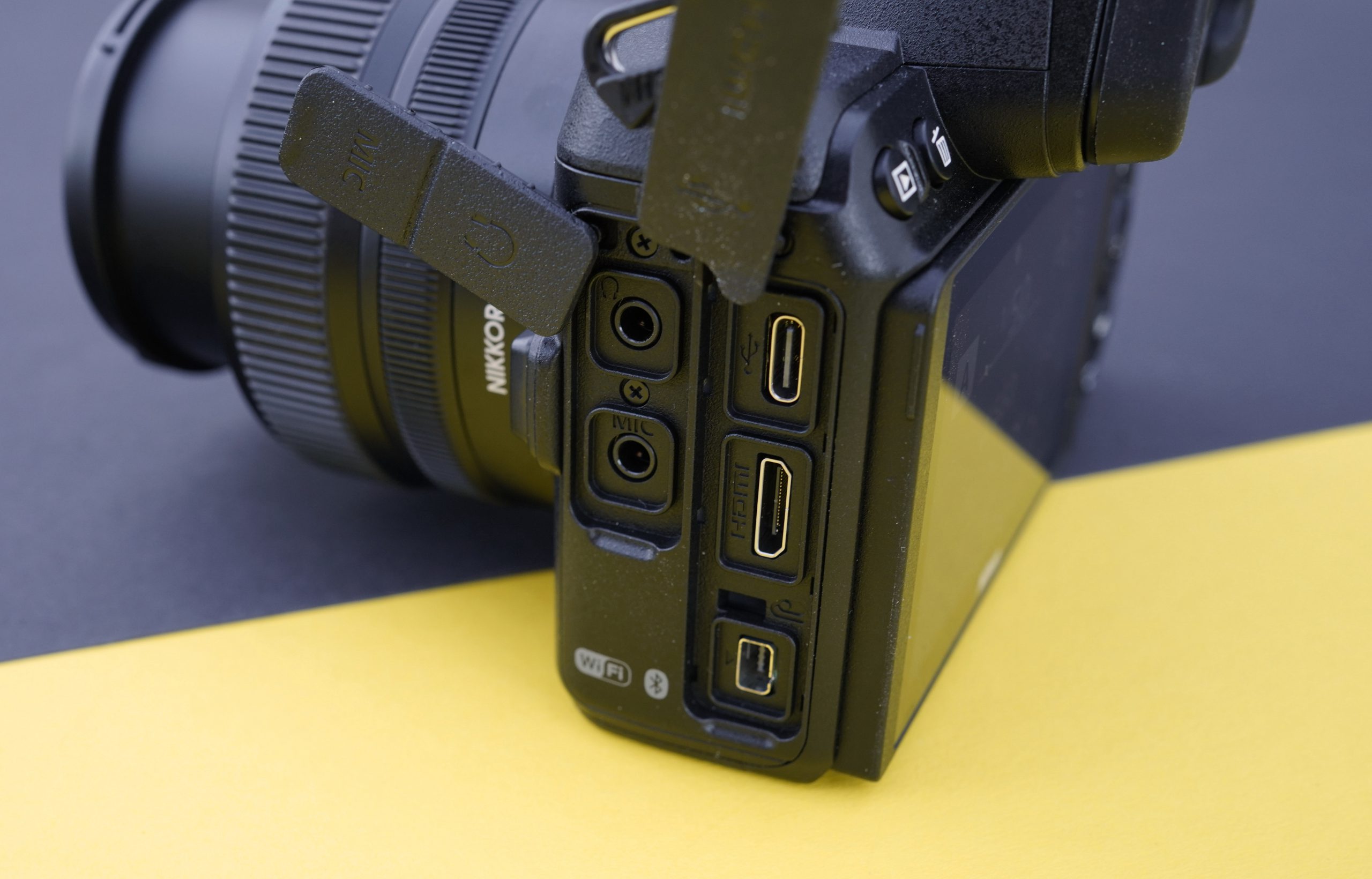
Compared to the Sony a7 III, the color reproduction from the Z5 on the jpeg is preferable. Skin tones look more natural, and complementary colors are better and more realistically muted. The white balance is more precise on the Z6, which also turns out to have almost one step better image dynamics than the EOS RP.
Just like on the Z6, the image noise is superbly controlled up to 6400 ISO, and in fact usable at 12800 ISO as well, but higher ISO gives significantly more image noise. In video, the limit is 3200 ISO, higher than that, and the mosquito noise becomes far too annoying.
The video quality of 4K is impeccable. Sharp, clean, good dynamics and few artifacts, but a little rolling shutter must be expected on fast pans.
Conclusion
One might suspect Nikon to come on 4K video way too late, on the Z5, and whoever found out that it was a good idea to throttle the firing rate to just 4.5 bps, we would like to know. Maybe you were at Nikon, afraid that the camera would be too similar to the Z6. Which we rather recommend to those who think video is important. Or sports. But if you put the most emphasis on still images and a simplest possible camera that can rather grow with the skills of the photographer, then the Nikon Z5 can be the perfect camera.
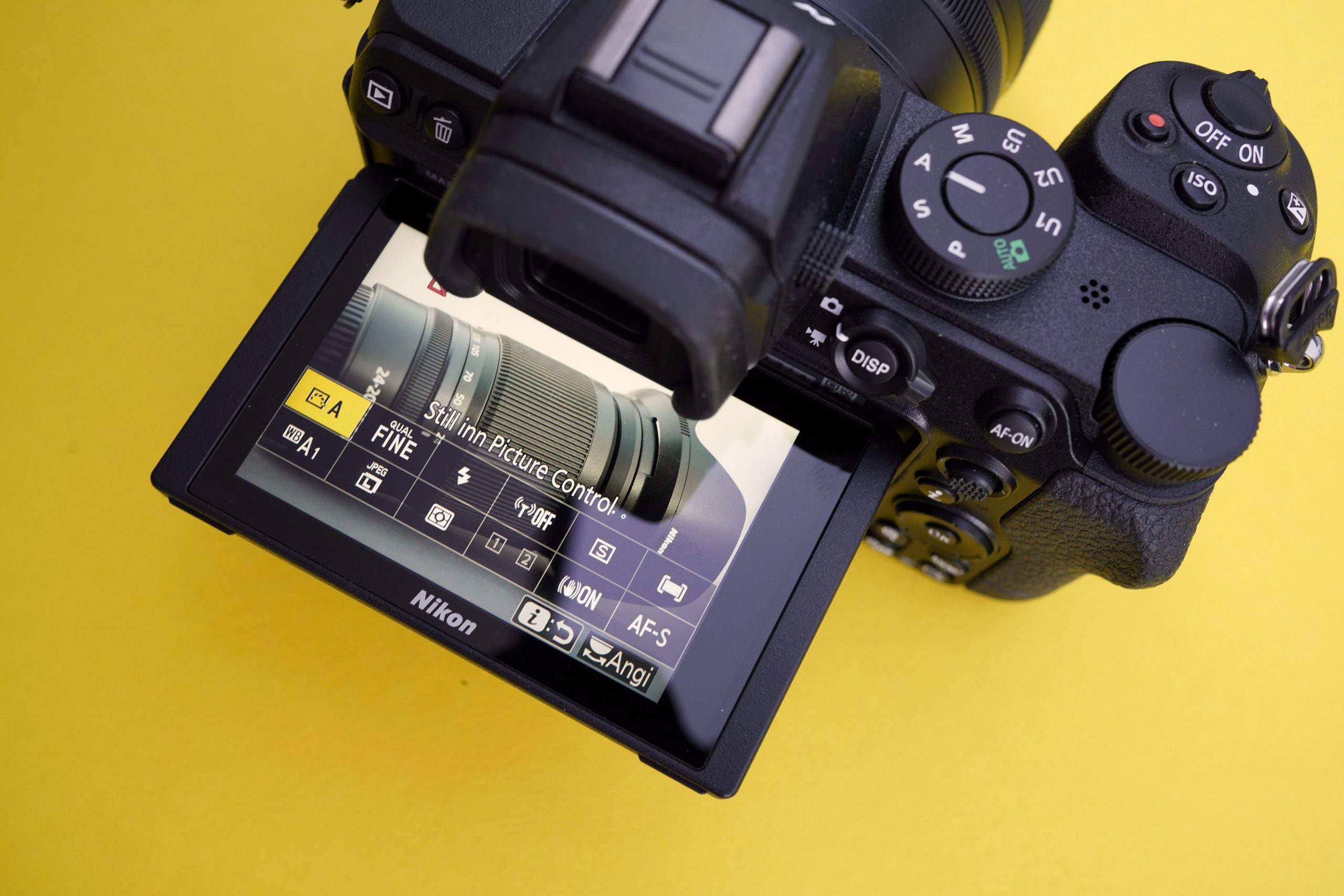

We think
Trustworthy, weatherproof construction, impeccable ergonomics with a sharp viewfinder, lightning-fast autofocus in most cases, and the best still image quality in the class. Powerful cropping on 4K video, low shooting rate, the price is almost the same as the Nikon Z6.
1900 €
Specifications
- Type: 24 Mp system camera with full-frame image sensor
- Optics: Nikon Z 24-50mm f4-6.3
- Applicant: OLED 3.69 Mp, 0.8x
- Screen: 8 cm LCD, 1 Mp
- Continuous shooting: 4.5 frames / s
- Video: 4K / 30p UHD, MOV, H.264, 1.7x crop
- Connections: Microphone in, headphone out, USB-C charging, HDMI
- Wireless: Bluetooth, Wifi
- Storage: 2 x SDXC, UHS-II
- Battery life CIPA: 470 images
- Dimensions / weight: 134 x 101 x 70 mm / 675g
- Highlights: Hybrid AF with 273 phase autofocus sensors, 5-axis image stabilizer, 14-bit RAW, weatherproof, Snapbridge support with raw and jpeg transmission.
- Web: nikon.com
